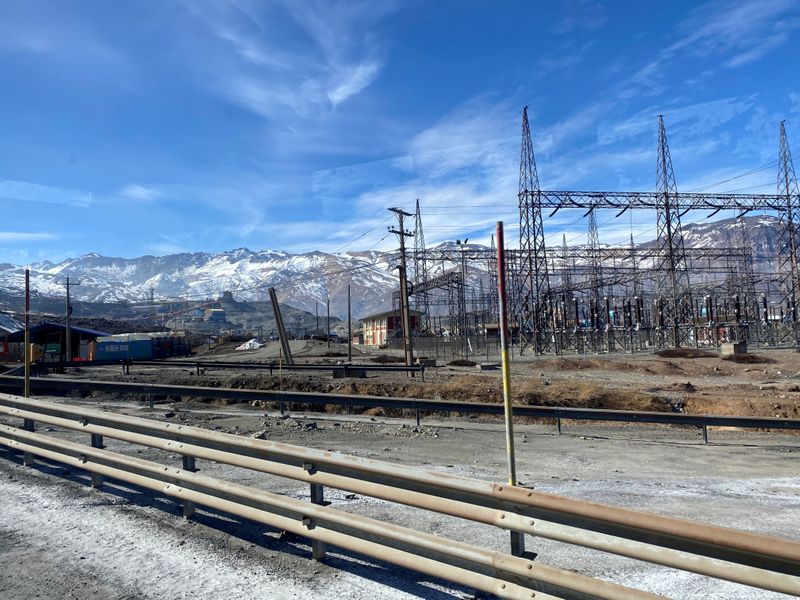LONDON (Reuters) – Major miners need to increase spending to secure fresh copper supply, analysts say, amid worries that availability of the red metal, crucial for the shift to a low carbon world, will slide just as demand surges.
Copper — which hit 9-1/2 year highs last month at $9,617 a tonne — is an efficient conductor and is set to benefit from the rising use of electric vehicles (EVs) and wind and solar power generation. Miners including BHP, Glencore, Rio Tinto and Anglo American have benefited from soaring metals prices, which have underpinned earnings, boosted dividends and debt reduction.
Amid a dearth of new mines coming on stream, analysts are predicting deep structural supply deficits by 2025 for copper, currently mostly used in power and construction industries.
This would mean higher for longer pricing but the lack of metal could also hobble the “green revolution”.
“Clearly for a few years not spending on projects was warranted, because you didn’t have a lot of demand growth but what we are facing now is demand rapidly outpacing what miners can produce,” said Bank of America analyst Michael Widmer.
By 2025, miners need to spend $80 billion annually on extracting cyclical metals to meet demand and contain shortages compared to expectations of around $45 billion this year among the world’s top 10 miners, BofA analysts said last month.
Commodity analyst CRU Group projects miners need to commit over $100 billion on new projects to avoid a supply gap of 5 million tonnes by 2030. Looking further out, Wood Mackenzie sees a shortfall of around 16 million tonnes by 2040 if substantial investments aren’t made. Capital spending on projects and mines peaked in 2012 and has not recovered, BofA said.
Anglo American, in its February results, kept capital expenditure for the next three years fairly stable as it flagged another possible rise in shareholder returns this year. Glencore, Rio Tinto and BHP are expected to do the same if commodity prices keep up.
The dividend yield of London-listed miners has climbed to 4.67%, outpacing the wider FTSE 100 index which sits at 3.3%, according to Refinitiv data, enabled by stronger balance sheets.
The peak of the last commodity cycle a decade ago – still fresh in the shareholders’ minds – was marked by cost overruns and expensive deals that ended in billions in writedowns.
Jefferies analyst Chris LaFemina said the supply growth that many copper miners pledge is more likely to be replacing what they already produce rather than new growth.
Certainly, some miners are bucking the trend. Freeport-McMoRan Inc’s is eyeing expansions at several of its U.S. copper mines to capitalize on surging demand.
Its ramp up of the Grasberg mine in Indonesia, Ivanhoe Mines’ Kamoa project in Democratic Republic of Congo and Anglo’s Quellaveco in Peru are among a handful of large projects expected to deliver more copper within the next two years.
But some shareholders remain uneasy with large expansions.
“We would be wary of mining companies expanding capex too aggressively, as it would potentially harm the positive supply/demand dynamics were production to grow too quickly,” said Richard Marwood, senior fund manager at Royal London Asset Management.
“If the electrification demand comes through, with supply somewhat constrained in the near term, copper prices could remain well supported.”
Graphic: Mining capex – https://fingfx.thomsonreuters.com/gfx/ce/gjnvwzndopw/mining%20capex.JPG
(Reporting by Zandi Shabalala, editing by Amran Abocar and Alexandra Hudson)


























